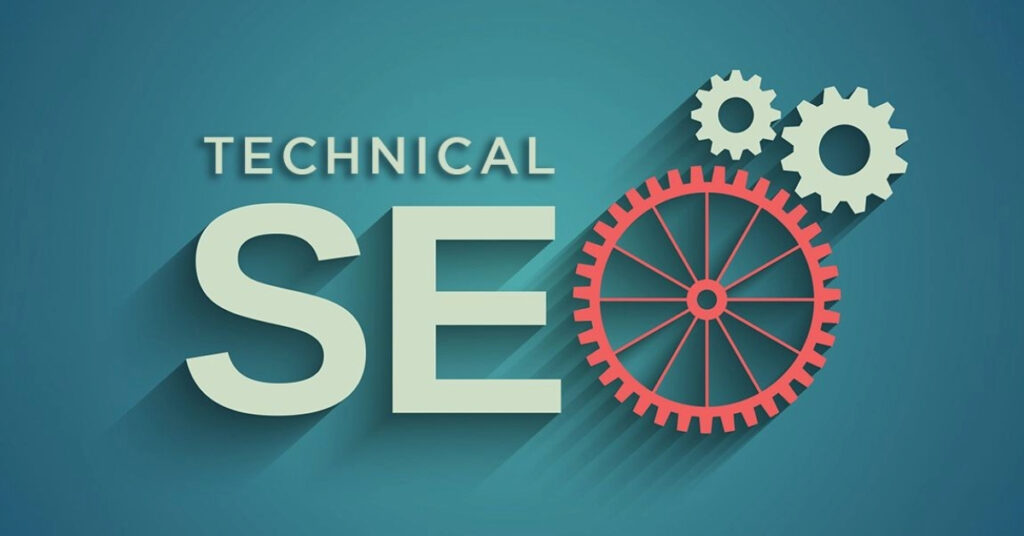Google’s algorithm updates can make or break your SEO strategy. One day, your site is ranking well; the next, traffic plummets. Whether it’s a broad core update or a niche-specific adjustment, knowing how to respond is crucial to maintaining your rankings and organic visibility. This guide walks you through how to recover from a Google algorithm update while safeguarding your long-term SEO value.
1. Identify the Impact
Before making changes, assess how the update has affected your site. Follow these steps:
- Check Traffic & Rankings: Use Google Analytics and Google Search Console to monitor drops in traffic and keyword rankings. Compare data before and after the update.
- Identify Affected Pages: Find out which pages saw significant ranking declines. Prioritize those pages for analysis.
- Check Google Announcements: Google provides official guidance on core updates via its Search Central Blog. Understanding Google’s intent helps in making informed adjustments.
- Monitor SEO Communities: Forums like WebmasterWorld, Twitter (now X), and SEO news sites (Search Engine Journal, Search Engine Land) provide insights into how other sites are impacted.
2. Diagnose the Cause
Not all ranking drops require the same fixes. Algorithm updates typically target specific areas like content quality, backlinks, or technical SEO. Determine which factor is most relevant to your drop:
Content Quality
- Google prioritizes helpful, people-first content that demonstrates experience, expertise, authoritativeness, and trustworthiness (E-E-A-T).
- If your rankings dropped, analyze whether your content:
- Provides unique insights or simply rehashes existing material.
- Aligns with search intent.
- Is updated with the latest information.
Backlink Profile
- A decline may indicate that your site has lost high-authority backlinks or gained low-quality links.
- Use tools like Ahrefs, SEMrush, or Moz to check your link profile.
- Disavow spammy links if necessary.
Technical SEO Issues
- Google updates can highlight underlying site problems such as:
- Slow loading speed – Check using PageSpeed Insights.
- Mobile usability issues – Ensure your site is mobile-friendly.
- Indexing errors – Use Google Search Console to identify and fix issues.
3. Develop a Recovery Plan
Once you’ve diagnosed the issue, implement a targeted recovery strategy.
Fix Content Issues
- Rewrite thin content: Add depth, statistics, expert opinions, or case studies.
- Improve formatting: Use bullet points, headings, and concise paragraphs.
- Optimize search intent alignment: If the intent has shifted, adjust content accordingly.
Strengthen E-E-A-T Signals
- Authoritativeness: Ensure content is written by experts and includes author bios.
- Trustworthiness: Cite credible sources and include references where needed.
- Engagement Signals: Improve UX with interactive elements, clear CTA, and better readability.
Optimize Technical SEO
- Fix broken links and remove outdated redirects.
- Ensure structured data markup is correctly implemented.
- Improve page speed by optimizing images, using a CDN, and enabling browser caching.
Enhance Link Profile
- Earn high-quality backlinks by updating valuable content and reaching out to industry sites.
- Disavow toxic links through Google’s Disavow Tool.
- Diversify link sources by guest posting and earning media mentions.
4. Implement Fixes Gradually
Instead of making all changes at once, apply updates in stages. This helps isolate what works and prevents unintended negative impacts. Keep these points in mind:
- Start with high-priority pages: Focus on content that lost the most traffic.
- Monitor ranking changes: Track progress in Google Search Console and rank-tracking tools.
- Test and iterate: If changes don’t yield positive results, tweak the approach.
5. Monitor and Adjust
SEO recovery is not an overnight process. It requires continuous tracking and adaptation.
Track Metrics
- Organic traffic: Is it improving after updates?
- Keyword rankings: Are target keywords stabilizing or regaining positions?
- User engagement: Are bounce rates decreasing and dwell time increasing?
Stay Updated on Future Changes
- Google’s algorithm evolves constantly. Follow SEO news and industry updates to stay ahead.
- Regularly audit your site for content freshness, technical health, and link quality.
Final Thoughts
Recovering from a Google algorithm update is all about strategic adaptation. By diagnosing the root cause, implementing data-driven fixes, and continuously optimizing, you can restore lost rankings while strengthening your SEO for the future. The key is to focus on long-term value—high-quality content, technical soundness, and a strong backlink profile will always be the best defense against future updates.
If your site has been hit, start analyzing now and make informed adjustments. The faster you act, the sooner you’ll recover and grow beyond where you were before.


